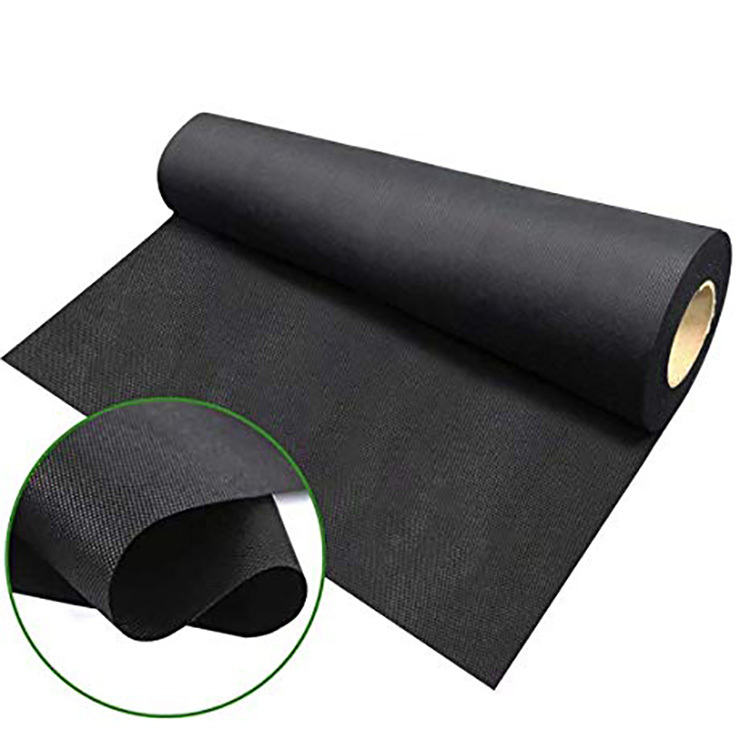
Non-woven Industrial Development. Non-woven fabrics were developed in the petrochemical sector after the invention of plastic cloth (film). It is lighter and better air-conditioned than plastic cloth. It is frequently employed in medical and sanitary items like sanitary napkins towels, facial towels, filters, etc. Later, it was used in engineering. Non-woven fabric is used to shield plants from the effects of cold. The process for making non-woven fabric is different from plastic film, but the fundamental raw materials are nearly the same. It comprises PE (polyvinylchloride), EVA(Ethylene Vinyl Acetate Copolymer) EVA/polyethylene and PVA/polyvinylether. The traditional film made of plastic is created by melting the plastic and after that inflating it. The film is continuous and the material can extend infinitely. The film's surface is devoid from pores. It is completely inert and blocks all exchange and movement of molecules. Following the expansion of the industry of textiles artificial chemical fibers fabricated of the mentioned ingredients became the new darlings of the industry of textiles. These chemical fibers are still made into cloth through traditional warp and weft weaving. The non-woven fabric is created by reshaping the fibers in the same plane at different angles across all directions, instead of using traditional methods for warp and weave. Compared with traditional woven fabrics the material has superior properties, and its production process can proceed from raw materials to finished products in one go. It's cheaper than traditional weaving, which requires drawing fibers into yarn and weaving. In recent years the use of non-woven fabrics was widely used in the apparel sector. Non-woven fabric has been used in a variety of applications in the last few years because of advancements in the field of material science and production technology. There are many different materials and products that can be found in everyday life. Non-woven textiles are becoming increasingly widely used in agriculture because of their ease of production, lightness, versatility with low costs, and a variety of applications. See this non woven weed control fabric for recommendations.

Non-Woven Fabrics in Agriculture. Non-woven fabrics were first introduced to agriculture in Europe in the year 1978. They can be used to keep carrots warm during harvesting in the early days and to shield against whiteflies and tomato leaf viruses. Non-woven textiles are used in the United States to mulch cantaloupes. Sweet peppers. tomatoes. Root vegetables. Carrots. Radishes. Cabbage. Lettuce. It's used to keep temperatures, facilitate early harvesting and also to combat insects. Non-woven materials are good for covering surfaces , such as grassproof mats. They also can increase soil temperature by retaining water. To ensure that roots fully absorb water, short fiber can also be used to make blankets that absorb water. They can also be used as the ground medium used in the production of turf. They can also be used to plant large woody plants such as fruit trees and trees for gardens which help to control weeds and retain moisture. Non-woven fabrics are commonly utilized in Taiwan as crop covers. These fabrics are widely used to regulate greenhouses' environmental conditions and help conserve energy. Double-layered covers and canopy curtains help reduce heat loss and radiation in the evening. TAVIK fabrics are high-density non-woven spunbonded TAVIK fabric that was utilized in the beginning for shading and protecting cauliflower bulbs. Due to its excellent shading capacity, low thermal conductivity, and simple recycleability, it quickly accepted by farmers. It was eventually employed to guard leaf vegetables against insects and shade the trees and plants of fruit trees. Due to the unique climate and ecosystem of Taiwan and climate, the growth of the industry of nonwovens has been slow. Taiwan's nonwoven fabric manufacturers are constantly innovating in nonwoven technologies. This includes air permeability, water absorption and water repellency. The company has stepped up its studies to improve its capacity to store and preserve agricultural products. It hopes it will be able develop more applications. Check out this pp agricultural nonwoven fabric for more information.
